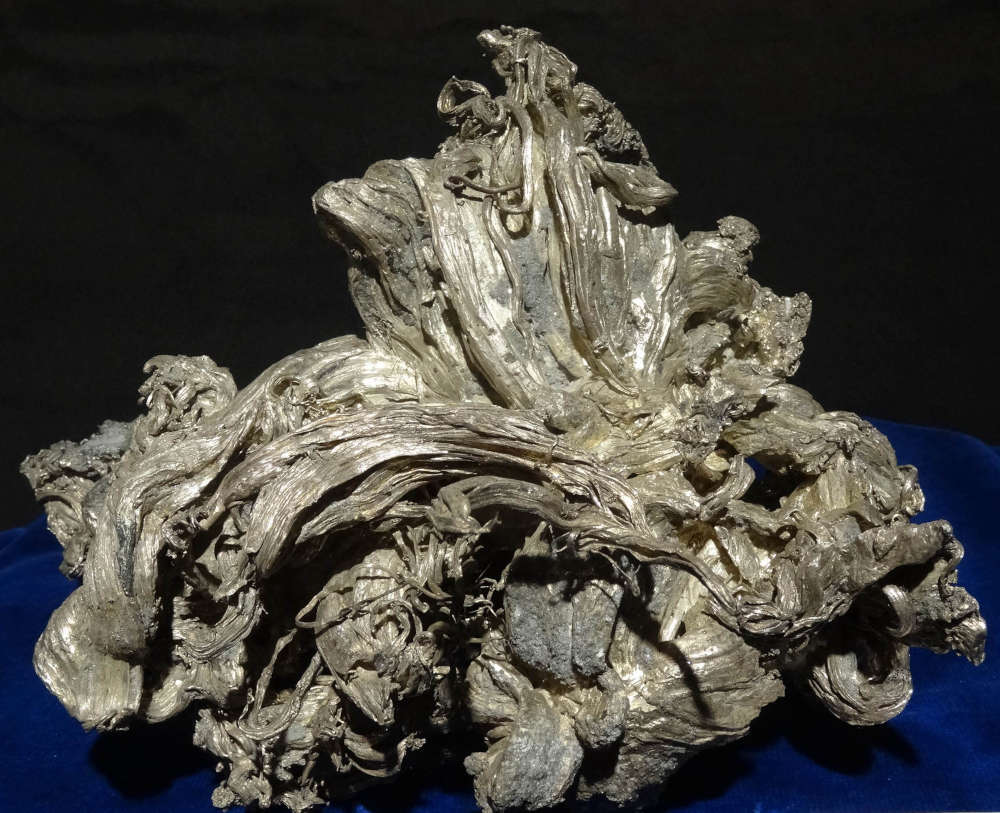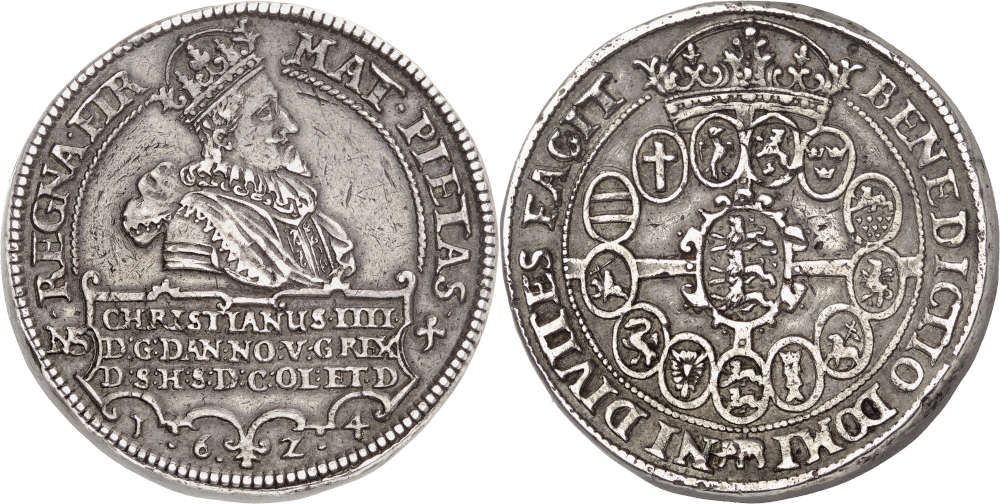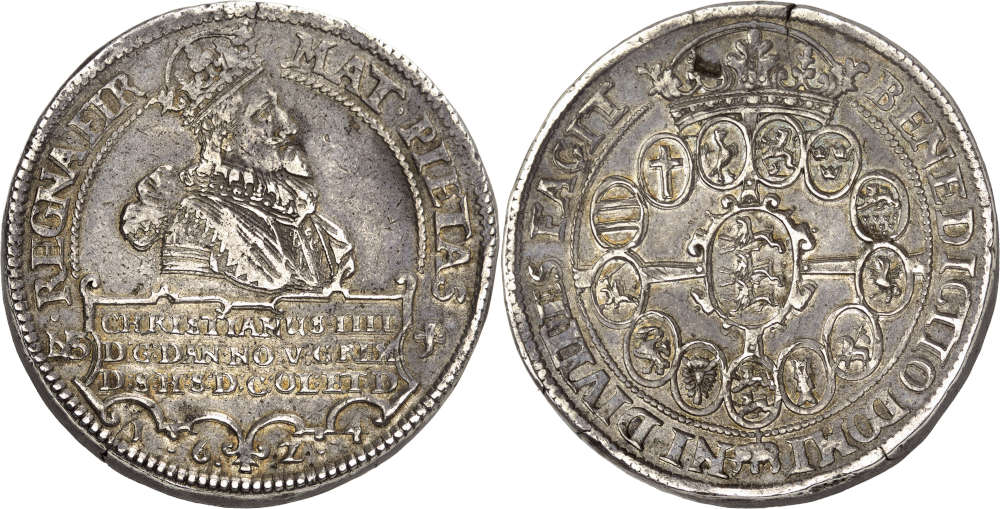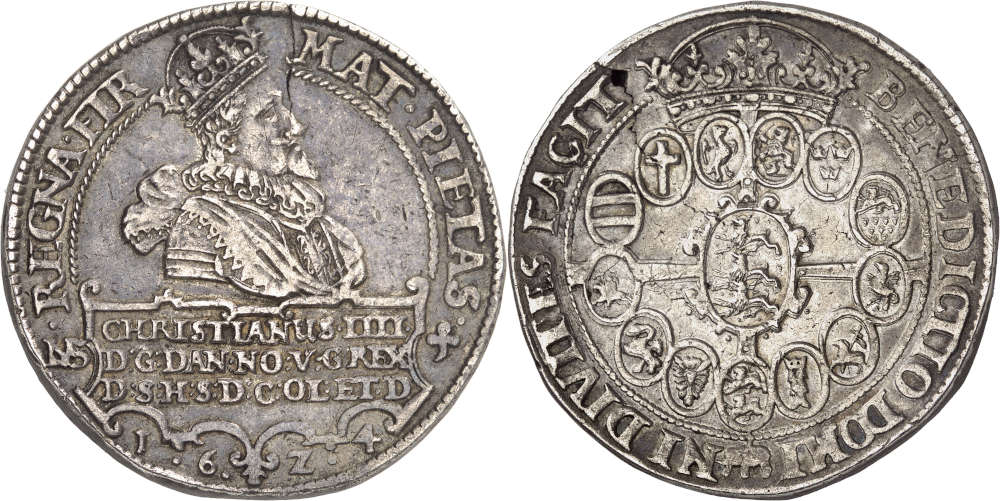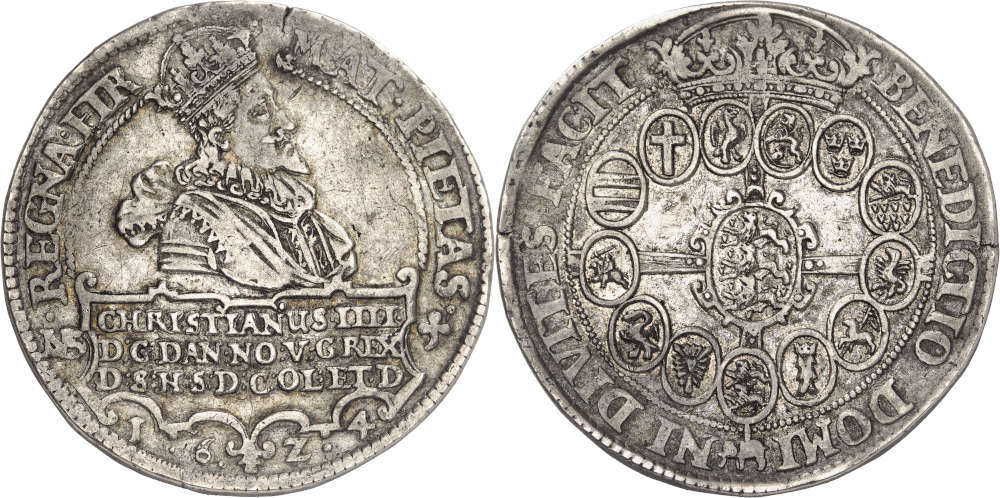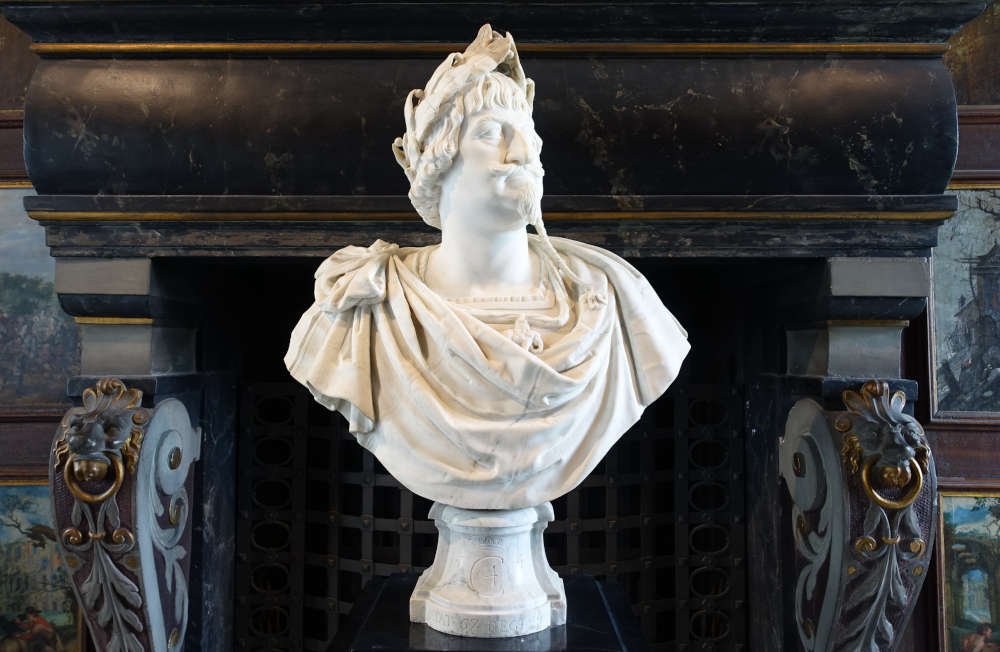400 Years Ago – The Founding of Kongsberg
On 2 May 1624, Christian IV of Denmark and Norway founded the mining town of Kongsberg. A series of coins to be offered in the upcoming Künker sale tells us of the hopes that the ruler placed in the silver from these mines.
Content
If we are to believe a rather fairy-tale like legend, it was two small children who, while herding cattle, found a beautiful, shimmering stone and brought it home. Their father immediately saw its value, melted it down and tried to turn it into money in the nearest town. Of course, the man was arrested. After all, it seemed rather impossible for a poor farmer to come by so much silver in a legal manner. He was given the choice of spending the rest of his life in forced labor or telling the authorities where he found it. The farmer chose the second option, and this is how mining began in a region called Kongsberg today.
A Royal Visit to Kongsberg
The officials must have immediately reported the farmer’s statement to Copenhagen, because on 12 December 1623 King Christian IV warned the inhabitants of southern Norway that they would be severely punished if they did not hand over any silver they found to the king’s representatives. After the snow had melted, Tobias Kupfer, a master miner from Freiberg in Saxony, examined the silver deposits found by the children and reported to the king that it was profitable to mine there.
Christian IV was so pleased that he immediately organized thanksgiving services in all the churches of Denmark and Norway. He also wrote a letter to Duke Frederick Ulrich of Brunswick-Wolfenbüttel, asking him to send the necessary experts to work the mines. In this letter, which is dated 4 March 1624, the king tells a similar story about how the silver was discovered: We wish to inform you that, by the wonderful fatherly providence of the Almighty God, a little shepherd boy in our kingdom of Norway – where there seemed to be no hope of any more silver mines, no matter how diligently the dowser and the investigator sent by the Saxon Elector searched for them, and where therefore all but five mines were abandoned – has just discovered and revealed an excellent blessing from God, so that we are full of confidence and hope of obtaining a rich yield.
By this time, Christian was probably already planning to travel to Norway himself. He arrived in the promising region between 27 and 29 April 1624, and decided to invest in the largest and most productive mine, which was named ‘the king’s mine’ in his honor.
On his way home, some 400 years ago, in a letter dated 2 May 1624 he gave the nascent mining town the name Kongsberg (= King’s Mountain).
The Blessing of the Lord Makes Rich
This is the historical context of a very special series of single and multiple speciesdalers, which will be offered by the Künker auction house in Osnabrück in its Summer Auction Sales 408 and 409. Even their denominations indicate that these coins – at least the multiple pieces, minted in Copenhagen in 1624 – were intended to be used as gifts rather than for circulation purposes.
They all show the same motif. On the obverse, we see the ruler’s crowned head-and-shoulder portrait with the circumscription (translated): Christian IV, by God’s grace King of Denmark, Norway, the Wends and the Goths, Duke of Schleswig and Holstein, Stormarn, Dithmarschen, Count of Oldenburg and Delmenhorst.
On the reverse we can see the Danish coat of arms on a cross, surrounded by the coats of arms of the provinces crowned by the Danish crown. The depiction is separated from the inscription by the chain of the Danish Order of the Elephant.
Most important is the circumscription, as it alludes to the silver found in Kongsberg. Its translation reads: The blessing of the Lord makes rich. This quote is taken from Solomon’s proverbs 10:22. In the early 17th century, the educated observers of this coin knew their bible way better than we do today. Therefore, they automatically added: The blessing of the Lord makes rich, and he adds no sorrow with it. In other words: Christian IV was convinced that the silver deposits he had found were a sign from God. God had chosen Christian to defend the Protestant cause and had given him the means to do so with this silver.
The Protestants and the Restitution
Thus, this legend may well be understood as a political statement. Christian IV was a devout Protestant himself and ruled over a Protestant kingdom. And as Duke of Holstein, together with the Duke of Brunswick-Wolfenbüttel, he was one of the most powerful princes in the Lower Saxon Circle of the Holy Roman Empire, whose estates were in serious trouble at the time. Not only had they introduced the Protestant faith, they had also confiscated all church property in contravention of all valid imperial law. Emperor Ferdinand II demanded its restitution, and it looked as if he might be able to do so by military force.
That is why the silver of Kongsberg was such a boon! The Protestant side hoped that it would allow Christian IV to afford enough mercenaries to counter the Emperor’s demand. Of course, Christian IV also had his own plans. He hoped to bring the territories of one or more rich bishoprics under his control.
Christian IV as a Champion of Protestantism
In the early summer of 1625 – we are in the first years of the Thirty Years’ War – the representatives of the Lower Saxon Circle elected Christian IV as their Circle Colonel, but only on the condition that he could not leave the circle’s territory and would act only in defense of it. After all, the main duty of the Circle Colonel was to maintain peace. He was supposed to do this by thwarting the Emperor’s plans for restitution.
Christian IV therefore started to raise an army of a size that would be able to resist the Emperor’s troops. Unfortunately, the yield of Kongsberg fell far short of his expectations. Between 1623 and 1627, the total yield was 4,937 marks of fine silver. However, this was offset by the cost of developing the mines and the high pay of the miners.

1625 gold gulden after the Rhenish model, Copenhagen. Very rare. Very fine. From a northern German private collection. Estimate: 1,500 euros. From Künker auction 409 (20 and 21 June 2024, No. 1534.
The gold gulden created after the model of the Rhenish gulden to pay mercenaries, where therefore minted from borrowed gold. Thanks to the silver mines of Kongsberg, Christian IV was considered creditworthy.
However, Christian IV was no match – neither militarily nor economically – for the financial genius Wallenstein, who raised an army of 50,000 men at his own expense. And Christian IV’s attempt at improving his situation by selling some of his shares in the King’s Mine to private businessmen in 1628 did not help either. He was forced to sign the Treaty of Lübeck on 27 May 1629. But he had luck in misfortune: the imperial party wanted to prevent him from allying himself with the Swedish king, therefore, the conditions of the treaty were extremely favorable. After all, Gustavus Adolphus was already ready and waiting. On 18 January 1629, the Swedish diet had given him a mandate to intervene in imperial territory.
Kongsberg Today
Christian IV’s ambitious plans had left him with nothing but debt. He had therefore no funds to run the Kongsberg silver mine himself. So he had no choice but to sell his shares to the silver company. The company ran the mine at its own expense, but had to give a tenth of the yield to the royal treasury and sell the rest at a fixed price.
These conditions were no longer attractive, especially not to German miners. In addition, there was now peace in Germany. So they returned to the Harz mountains. Under these circumstances, mining might have ceased altogether had it not been for the discovery of a new, rich vein of silver by chief miner Hans Bautz in 1654. The shaft leading to it was named God’s help in times of need. Only then did Kongsberg’s heyday begin. In the first half of the 1660s, the mine made a net profit of about 100,000 talers. Until the mine was closed down in 1958, the Kongsberg silver mines were to produce a total of 1,350 tons of silver.
Visitors to the Norwegian Mining Museum in Kongsberg can still get an impression of how important these mines were today. The museum has a second location where tourists can visit the Christian VII Gallery and the King’s Mine.
If you know German and want to know more about this subject:
Hans-Heinrich Hillegeist, Auswanderungen Oberharzer Bergleute nach Kongsberg / Norwegen im 17. und 18. Jahrhundert. In: Hans-Heinrich Hillegeist und Wilfried Ließmann (ed.): Technologietransfer und Auswanderungen im Umfeld des Harzer Montanwesens. (= Harz-Forschungen, volume 13), pp. 9–48.








